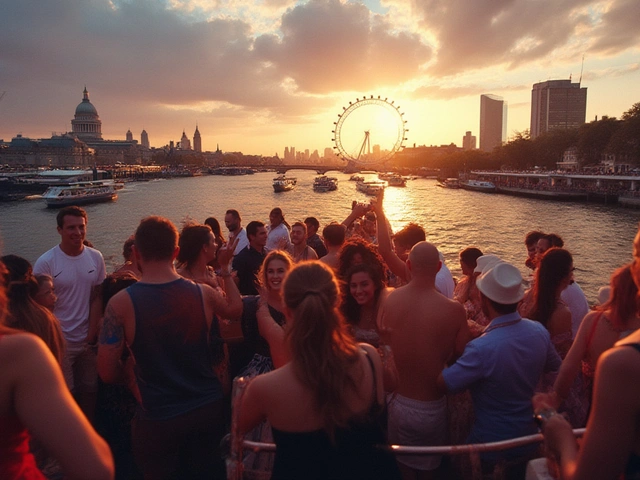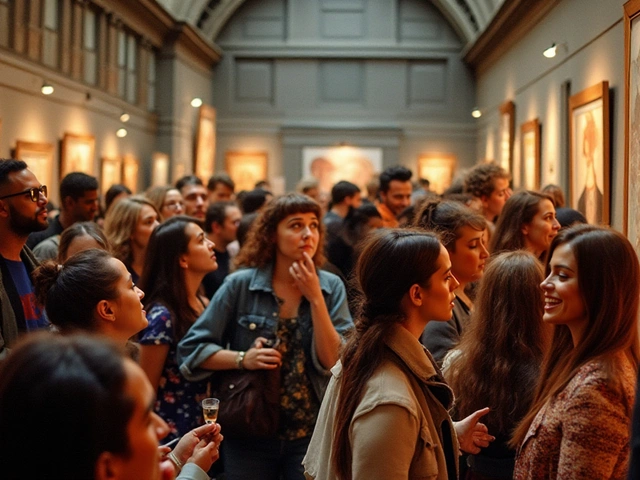UK Architectural Icons – Explore London's Legendary Landmarks
When you start a tour of UK architectural icons, the structures that have become symbols of Britain’s history and design. Also known as British landmark architecture, they blend centuries of storytelling with bold engineering. These sites aren’t just backdrops for selfies; they’re living chapters of the city’s evolution.
Take the Tower of London, a medieval fortress that has served as royal palace, prison, and treasury. Its stone walls hold tales of crowns, executions, and the famous ravens. Visiting the Tower gives you a feel for the power plays that shaped England and the architectural tricks used to defend a kingdom.
Just a stone’s throw away, Tower Bridge, the Victorian bascule bridge that spans the Thames, showcases 19th‑century engineering at its finest. The twin towers aren’t only photogenic; they demonstrate how steel and hydraulics made a movable bridge possible without sacrificing elegance.
Moving west, the British Museum, an iconic neoclassical building housing world‑spanning collections, reflects the Enlightenment’s drive to catalog knowledge. Its grand façade and central courtyard set a tone for modern museum design, while the interior layout influences how we experience cultural artifacts today.
On the greener side of the city, Hyde Park, one of London’s largest Royal Parks designed in the 16th century, stands as a masterpiece of landscape architecture. The park’s avenues, lakes, and open lawns show how public space can blend natural beauty with urban life.
What Makes These Icons Stand Out?
Each of these icons embodies a distinct architectural era. The Tower of London represents medieval fortification, Tower Bridge captures the boldness of Victorian engineering, the British Museum highlights neoclassical grandeur, and Hyde Park illustrates the art of designing public leisure spaces. Together, they form a timeline that lets visitors walk through centuries in a single day.
Understanding UK architectural icons also means spotting the details that set them apart. The White Tower’s thick walls, the bridge’s hydraulic lift system, the museum’s bronze‐clad columns, and Hyde Park’s serpentine pathways each tell a story about the technology and aesthetics of their time. When you notice these features, the buildings stop feeling like static monuments and become dynamic lessons.
These sites aren’t isolated; they interact with the city’s culture. Nightlife venues near Tower Bridge use the illuminated towers as a backdrop, while the British Museum hosts evening exhibitions that draw art lovers from across the globe. Even families picnicking in Hyde Park get a taste of history as they stroll past the Serpentine Lake, which has been a gathering spot for centuries.
Visiting any of these icons requires a bit of planning. The Tower of London often has long queues, so booking early tickets saves time. Tower Bridge’s high‑level walk offers panoramic views but can be windy, so dress accordingly. The British Museum’s free entry makes it easy to explore at a relaxed pace, while Hyde Park is perfect for a spontaneous break between sightseeing spots.
Beyond the big names, London hides many smaller yet still impressive architectural gems—think the Victorian railway stations, Art Deco cinemas, and modern glass towers that dot the skyline. Together with the headline icons, they create a densely layered cityscape that keeps architects, designers, and tourists fascinated.
So whether you’re a history buff, a design student, or just someone looking for a great photo spot, the collection below gives you a curated look at London’s most celebrated structures. Dive into practical tips, hidden details, and insider advice that will help you experience these landmarks like a local. Ready to explore? The guides ahead will walk you through each icon, point out the must‑see features, and show you how to make the most of your visit.
London’s Iconic Buildings: Where History Meets Modern Design
Explore London’s iconic buildings, from historic gems like Tower Bridge to modern marvels such as The Shard, and discover how they shape the city’s skyline.





